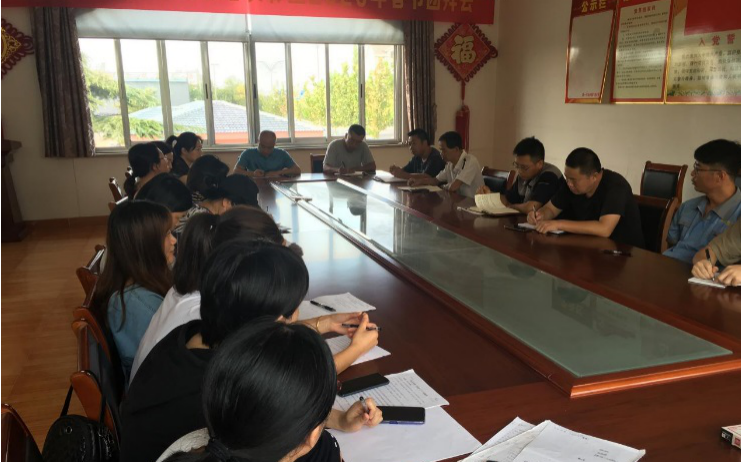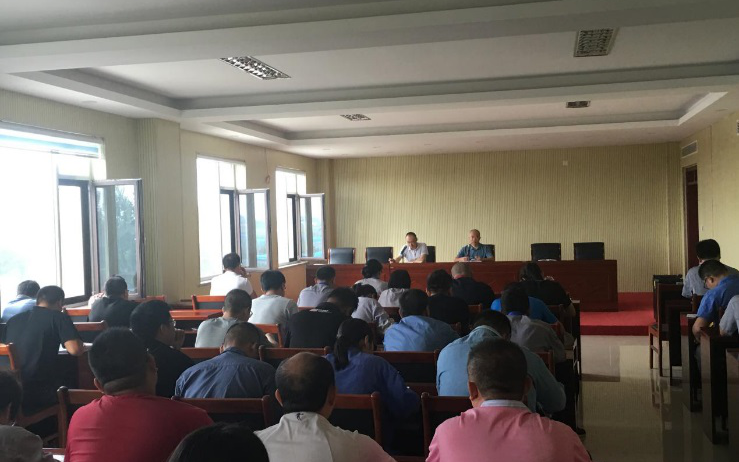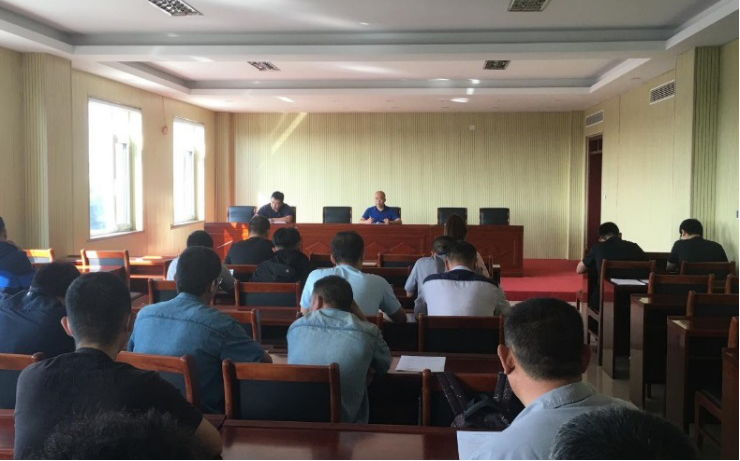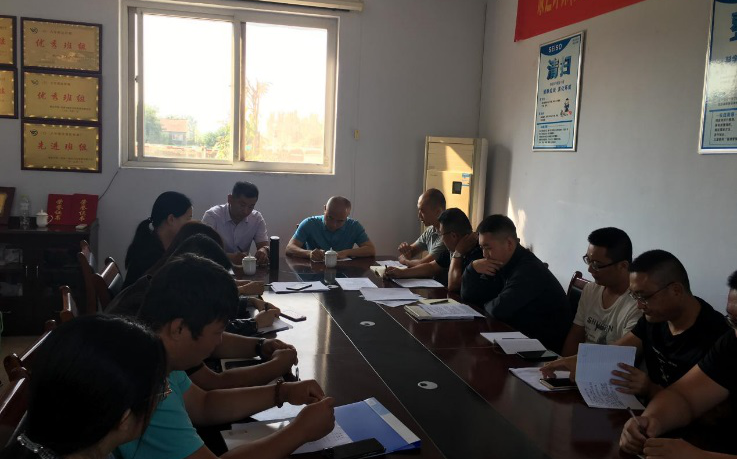
From September 28, the No.1, No.2, and No.3 Sewage Treatment Plants, the Urban-Rural Sewage Plant and Gaomi Kangda Lvyi Sludge Treatment Co., Ltd. under the Gaomi Company respectively held the working meetings of the third quarter in 2020. At the meetings, directors above the team-leader level made summaries of the work in the third quarter, analyzed the existing problems, and laid out the next work plans and key points. Vice managers of the plants conveyed the spirit of the Training Meeting for Deputy General Managers of Operating Companies held in Nanjing on September 22-23. General Manager Yi Xianfu made a speech at the meeting:

I. We should achieve unity in thought, make great efforts, set clear goals, and strengthen and implement our goals in the fourth quarter. There are three months left in the year. Each plant should identify gaps with others, have specific goals and strengthen and implement them according to the annual work objectives and requirements made by the Group and the Company in an effort to give satisfactory annual results and perform their own functions.

II. We should continue to improve our work performance by upholding the 16-character work objective. First, safety production overrides all other concerns. In August, the Gaomi Company invited safety experts to give safety education and training and to demonstrate standard operating processes in limited space. The plants are supposed to mark the limited space, identify sources of danger, and strictly implement the standard operating processes according to practical situations. Second, we should continue to broaden the sources of income and economize on expenditures. We should put forth effort on the increase in water treatment to increase revenues and on the control of the consumption of agents and electricity to cut down expenses. At present, the production cost of the plants under the Gaomi Company keeps dropping, but there is still potential for further decrease. All plants should fortify intensive management, learn from advanced brother companies, and endeavor to reach discharge standards with the most ideal energy consumption. Third, we should stick to the bottom line of up-to-standard discharge. We place emphasis on links including inflow monitoring, procedure control, equipment maintenance, and online monitoring and prediction. The environmental penalty must be avoided.
